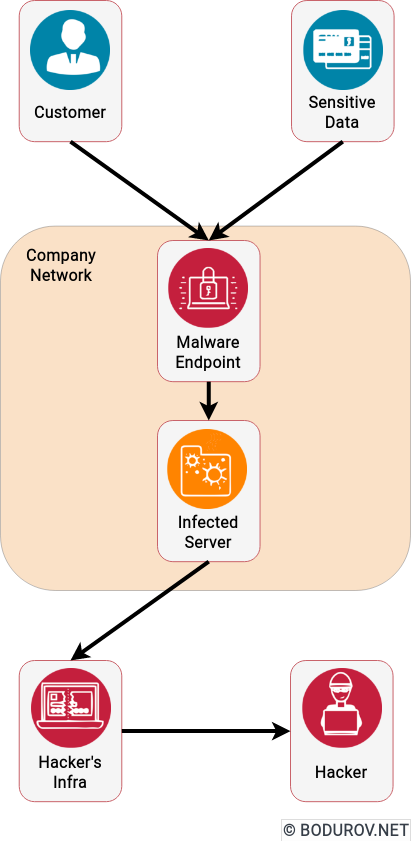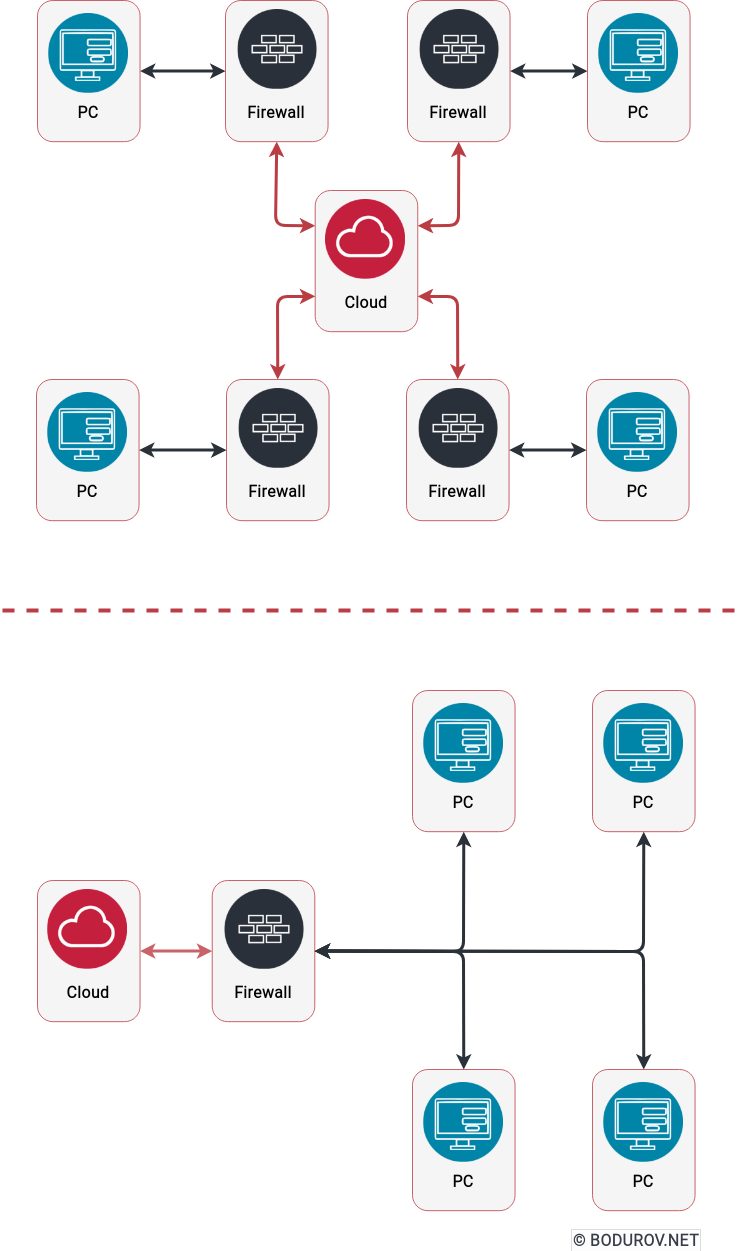Today, cybercrime is rampant. That presents a unique problem to parents in deciding how to approach ‘online safety’ with their children.
In the World, about 4000 cybercrime attacks occur each day, and, in fact, every 32 seconds, a hacker attacks someone online. To use the Internet safely and securely, you must know what to do and not do and distinguish between safe and unsafe.
Awareness and personal responsibility are vital components in surfing the web safely. Children should become aware of that as soon as possible.
Child-proofing the Internet is not as viable an option as some parents may hope it is. Yes, there are ways to block websites, keeping your children off of them. But it’s still preferable to educate them on the dangers the web presents.
Teach them how to keep themselves safe online. That includes what sites to avoid, links not to click, files not to download, emails to ignore, and so on. Education on the topic of cybercrime is a must.
Above all, children must learn against sharing personal information of any kind. Teach them young that giving out your full name, phone number, home address through any medium (email, Facebook, gaming platforms) is wrong.
Teach them to be cautious. Sometimes a string of innocent-seeming questions may pose a grave danger. It can start with your name, where you go to school, your postcode, and the child might not realize the escalation. Ensure it can recognize it.
As a parent, you must always keep your devices up to date with security installed on them – antivirus programs, anti-malware software, and other security software. Create unique passwords for your different accounts, and teach your children to do the same. Or use passwordless based authentication.
There are varying parenting styles. Some deem the act of monitoring their child’s online activity as an intrusion of privacy. Others perceive it as a given. Regardless of your parental views, it’s good to keep aware of what your child does on the Internet and encourage appropriate behaviors while discouraging inappropriate ones.

‘Stranger danger’ has evolved beyond an in-person possibility of peril. It now lurks online, as well. Teach your children that not all online strangers are friendships waiting to happen – some are dangerous and look to cause mayhem and harm, i.e., hackers.
Make sure children realize that what goes on on the Internet stays on the Internet. If they upload a picture, it will forever be there. If they share their private details, they cannot merely ‘take them back.’
There are consequences to interacting with the web, and it’s your responsibility as a parent to teach them that valuable lesson.
In summary:
- Stay updated: Always install updates when needed, and ensure your devices are protected.
- Do not overshare: Be wary of sharing private details with people online. Sharing personal information can backfire. Ensure your children know this.
- Have a conversation with your child: Explain the many dangers that lurk online. Yes, children may be won’t ‘get it’ right away. But if that’s the case, talk to them again.
- Use unique passwords: Ensure your child knows the importance of a strong password and the perils of using the same one for every account.
- Keep an eye on their online activities: Be sure to monitor your child’s online activities to the extent that you know what they’re ‘up to’ online. Still, over monitoring is not good, so please use it carefully.
Educate your children, and make sure they know of the dangers the Internet presents and what they can do to minimize them








